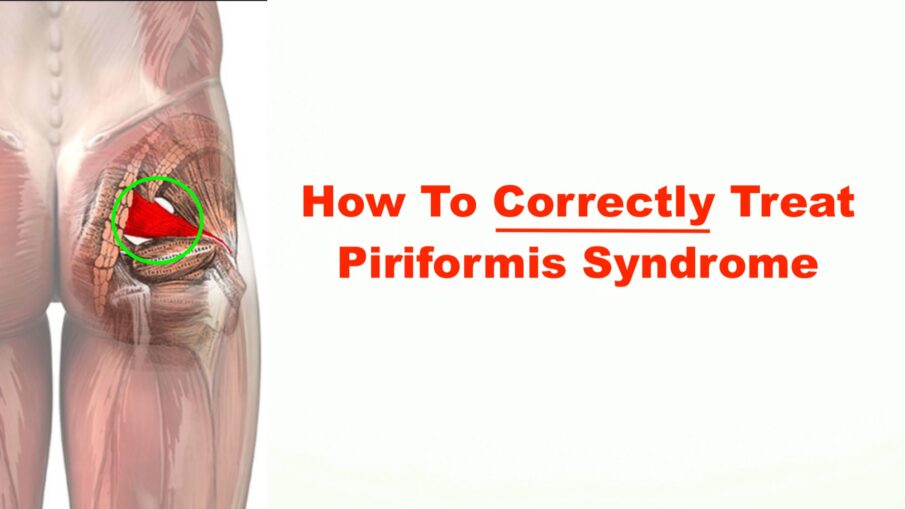Introduction: Piriformis syndrome, a condition often mistaken for other forms of hip and lower back pain, remains a mystery to many. This article aims to shed light on the symptoms associated with symptoms of piriformis syndrome, a condition characterized by pain and discomfort related to the piriformis muscle located in the buttocks. Understanding these symptoms is crucial for those seeking relief from this often-overlooked source of discomfort.
What is Piriformis Syndrome?
Before diving into the symptoms, it’s essential to grasp what piriformis syndrome is. The piriformis muscle is a small, pear-shaped muscle located deep in the buttocks. Its primary function is to aid in hip rotation and help stabilize the hip joint. Piriformis syndrome occurs when the piriformis muscle becomes inflamed, irritated, or compressed, leading to various symptoms that can mimic other conditions like sciatica.
Symptoms of Piriformis Syndrome
- Buttock Pain: One of the most common symptoms of piriformis syndrome is pain in the buttocks. This pain is often described as a deep ache and can be sharp or throbbing. It is typically located on one side and may extend down the back of the leg.
- Leg Pain: Pain that radiates down the back of the leg is a hallmark of piriformis syndrome. This pain can mimic sciatica, as the sciatic nerve runs close to the piriformis muscle. The pain can vary in intensity, from a mild discomfort to a debilitating ache.
- Numbness and Tingling: Some individuals with piriformis syndrome may experience numbness or tingling in the buttocks and down the back of the leg. This sensation is often attributed to pressure on the sciatic nerve due to piriformis muscle irritation.
- Aggravated Symptoms with Activity: Many people notice that their symptoms worsen during activities that involve prolonged sitting, running, climbing stairs, or even walking. Sitting for extended periods, in particular, can exacerbate the pain, leading to discomfort and a strong urge to change position frequently.
- Pain When Sitting: Sitting for extended periods can be excruciating for individuals with piriformis syndrome. The pain often intensifies when the piriformis muscle is compressed while seated, making long car rides, office work, or air travel a painful experience.
- Reduced Hip Mobility: As the piriformis muscle becomes inflamed and tight, it can reduce hip mobility. Patients might experience difficulty in performing simple activities that require hip rotation or extension.
- Painful Palpation: Healthcare providers often perform physical examinations to identify piriformis syndrome. One such test involves palpating the piriformis muscle, which can be extremely painful for those with the condition.
- Worsening at Night: In some cases, piriformis syndrome symptoms may worsen at night, making it challenging to get a good night’s sleep. Pain and discomfort can disturb sleep patterns and affect overall well-being.
Diagnosis and Treatment
Diagnosing piriformis syndrome can be challenging because its symptoms closely resemble other conditions like herniated discs and sciatica. Healthcare providers may use a combination of physical exams, imaging, and diagnostic injections to pinpoint the issue accurately.
Treatment options for piriformis syndrome can vary and might include:
- Physical Therapy: Physical therapy exercises can help stretch and strengthen the piriformis muscle, improving its flexibility and reducing irritation.
- Medications: Over-the-counter or prescription medications like nonsteroidal anti-inflammatory drugs (NSAIDs) can help manage pain and inflammation.
- Injections: Steroid injections into the piriformis muscle can provide temporary relief from pain and inflammation.
- Lifestyle Changes: Modifying activities and posture to reduce pressure on the piriformis muscle can be beneficial.
- Surgery: In rare cases, when conservative treatments fail, surgery may be considered to release the piriformis muscle.
Conclusion
Piriformis syndrome is a condition that often goes undiagnosed or misdiagnosed due to its symptoms resembling other common issues like sciatica. It’s essential to recognize the distinctive signs of this condition, seek medical advice when needed, and explore treatment options for relief. By understanding the symptoms, individuals can take the necessary steps to alleviate pain and regain their quality of life. If you suspect you may have piriformis syndrome, consult a healthcare professional for a proper evaluation and personalized treatment plan.

